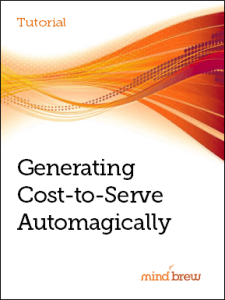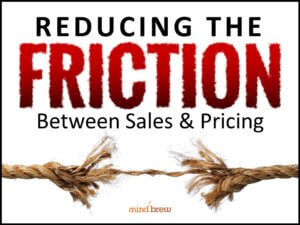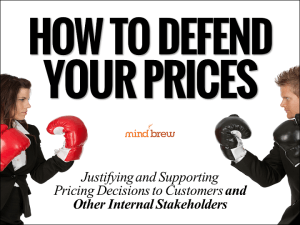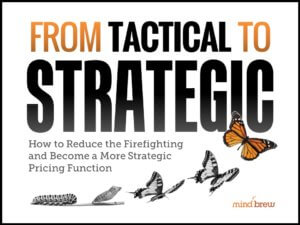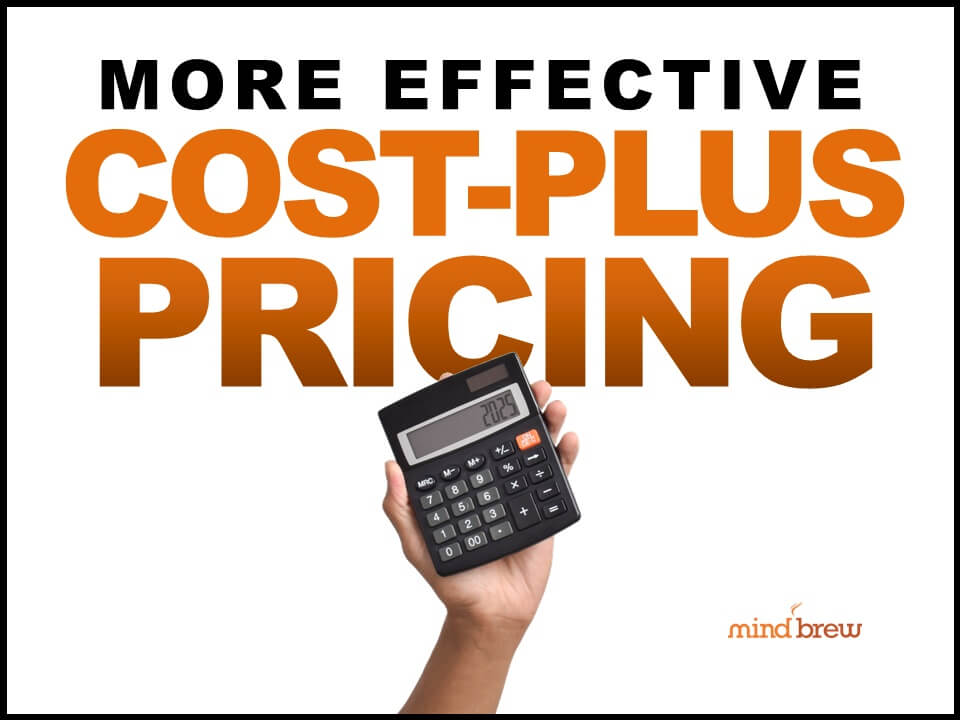If you’ve ever watched the World Series of Poker or another high-stakes poker tournament on TV, you know the best players aren’t just reacting to the cards they’re dealt — they’re anticipating what others are holding, reading the room, and playing the long game.
It’s not just about knowing the odds. It’s about executing a strategy under pressure.
Sound familiar?
That’s what pricing teams are up against every day. Even with the most strategic, data-driven pricing in place, there’s still one very real wildcard in whether your prices are realized: sales.
You can design the perfect price structure, model it to the tenth decimal, and align it to value — but if the sales team lacks the skills to hold that price in a tough negotiation, it all falls apart.
Which is why pricing teams must do more than set prices. You need to equip sales to defend them.
Interestingly, the traits that separate professional poker players from casual ones mirror the skills your sales team needs to close deals without giving margin away:
- Reading your opponent. In poker, players carefully observe their opponents to determine their strategy and potential hand strength. Similarly, in sales negotiations, you must understand the needs, priorities, and pain points of the prospect. A great salesperson can glean valuable insights from research and conversations with prospects and tailor their approach accordingly.
- Taking calculated risks. Winning poker players don’t just play it safe. They make strategic bets. Sales should do the same — knowing when to push for value, when to walk away, and where concessions (if any) will deliver mutual benefit without gutting margin. Pricing can support this by defining walk-away points, deal guardrails, and offer strategies ahead of time.
- Bluffing and confidence. Poker players know confidence matters. So do buyers. If sales hesitates, discounts follow. But when reps are armed with the why behind the price — market data, value positioning, competitive benchmarks — they can negotiate from a place of strength. Pricing plays a crucial role here by giving sales the tools and language to explain the price, not just quote it.
- Adapting to changing circumstances. The table changes fast. So does a deal. Objections, scope shifts, procurement curveballs — your sales team needs the agility to stay aligned with pricing objectives while staying in the game. That means pricing can prepare sales with negotiation training, objection handling tactics, and flexible strategies to respond in the moment without losing ground.
There’s one other way sales negotiation is like poker: amateurs don’t win against professionals.
And today’s buyers? They’re pros. They’ve read the books. Taken the training. Some even have formal procurement certifications.
If your sales team isn’t equally prepared, it won’t matter how good your pricing model is — you’ll lose at the table.
That’s why many pricing leaders are stepping up to lead or influence sales negotiation training directly. If you’re ready to help your team turn pricing strategy into revenue, we recommend starting here:
Check out Exposing the Secrets of Price Negotiation and How To Price Big Deals. Both provide an overview of the tactics you and your sales team is ikely to see and prepare you to counter with moves that are proven to work. They can help your team gain confidence in their ability to spot negotiation tricks and neutralize them effectively.
Both resources provide tactical insights that help your sales team recognize negotiation tricks — and defend value with confidence.
Because pricing doesn’t end when you set the price. It ends when someone pays it.



